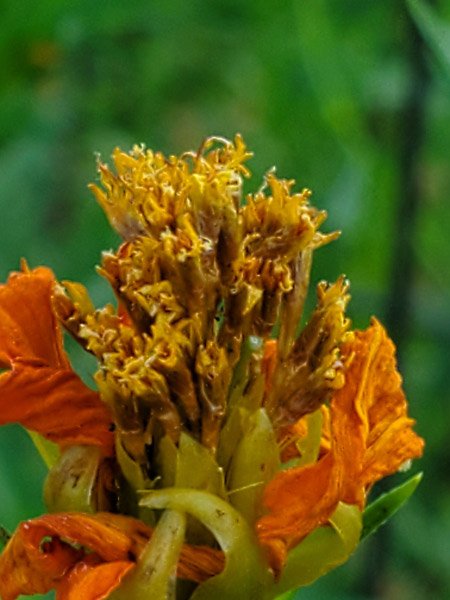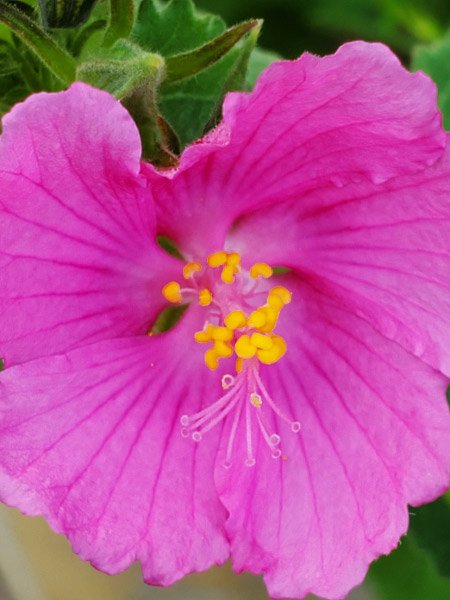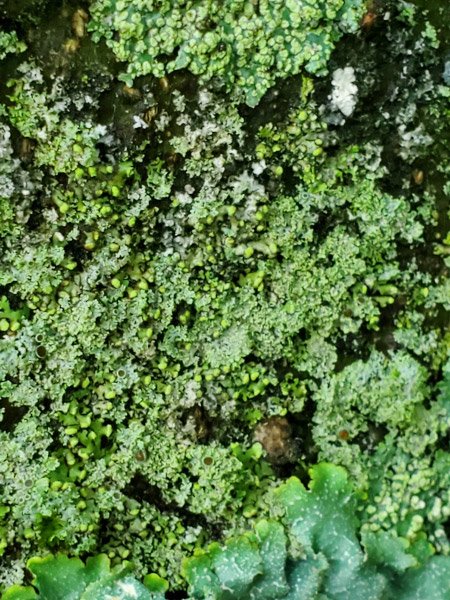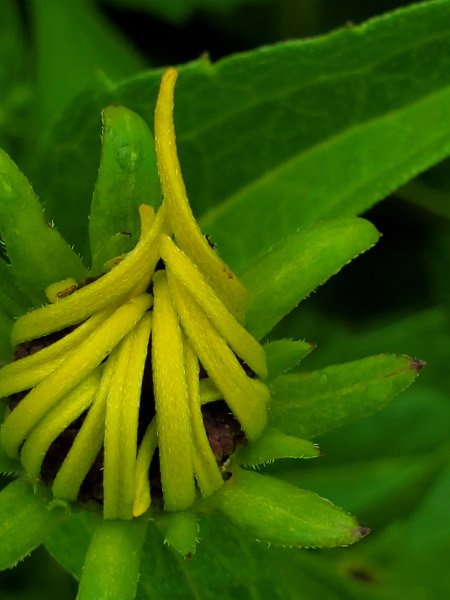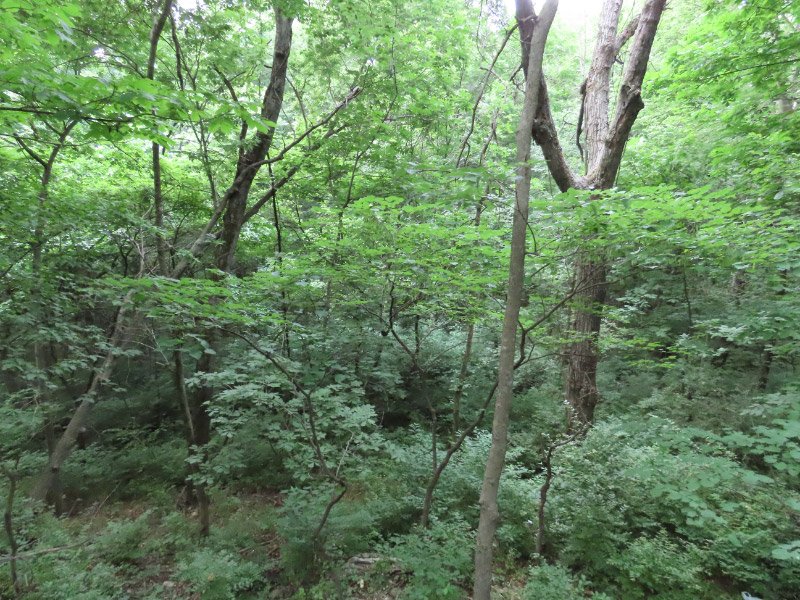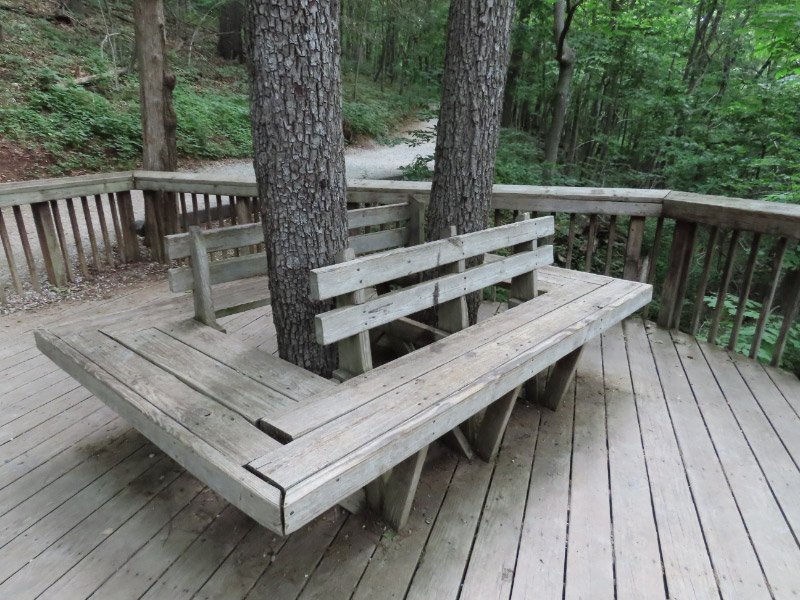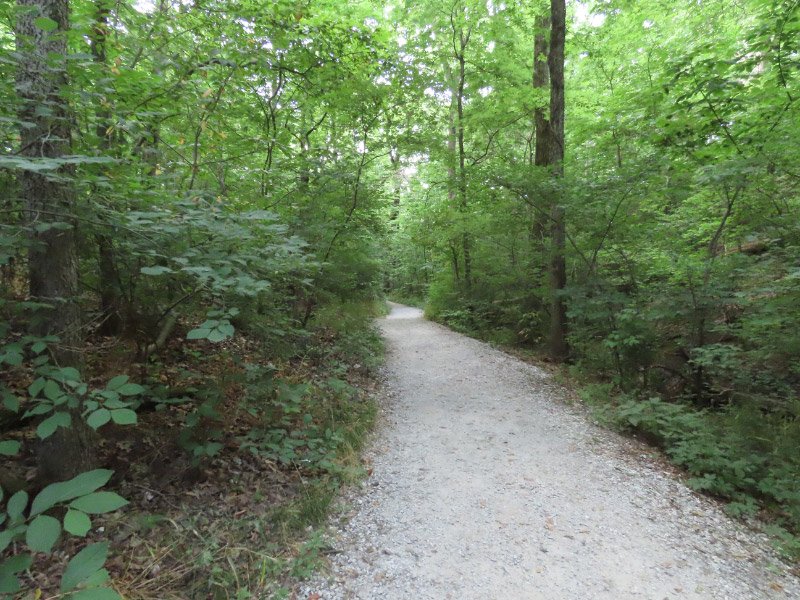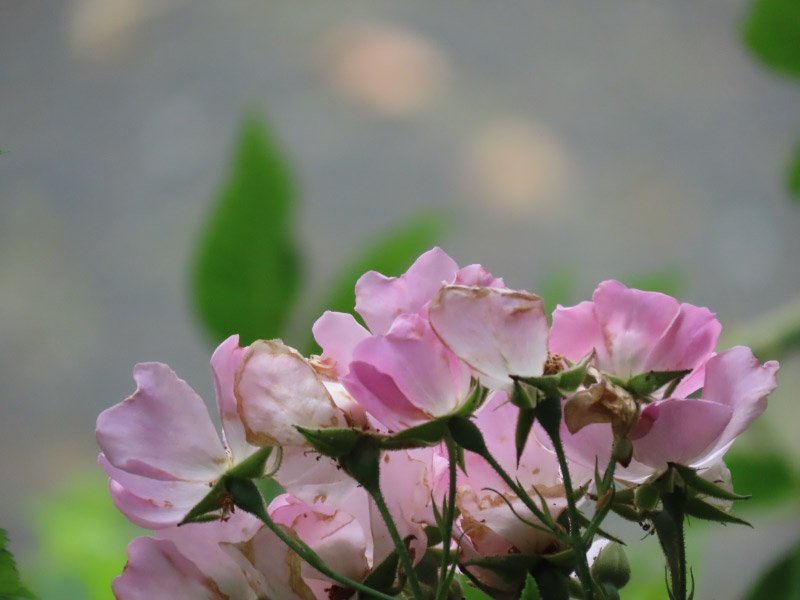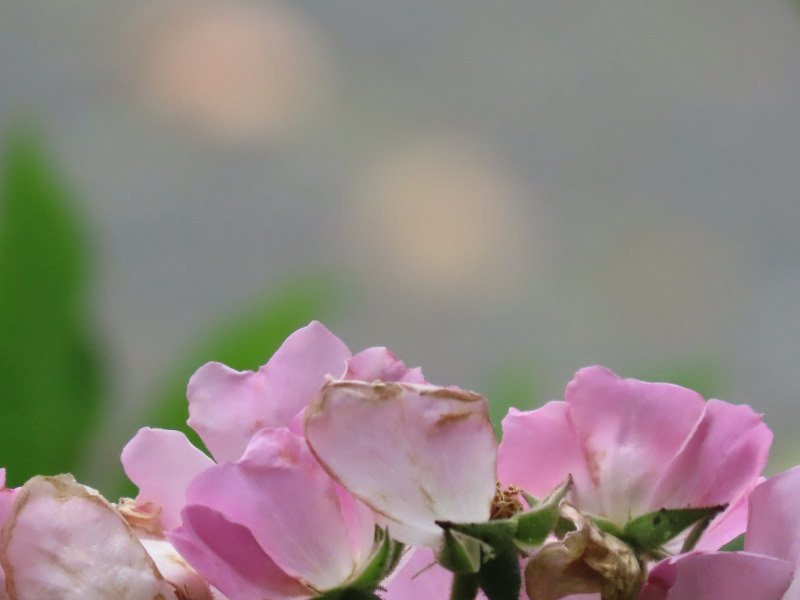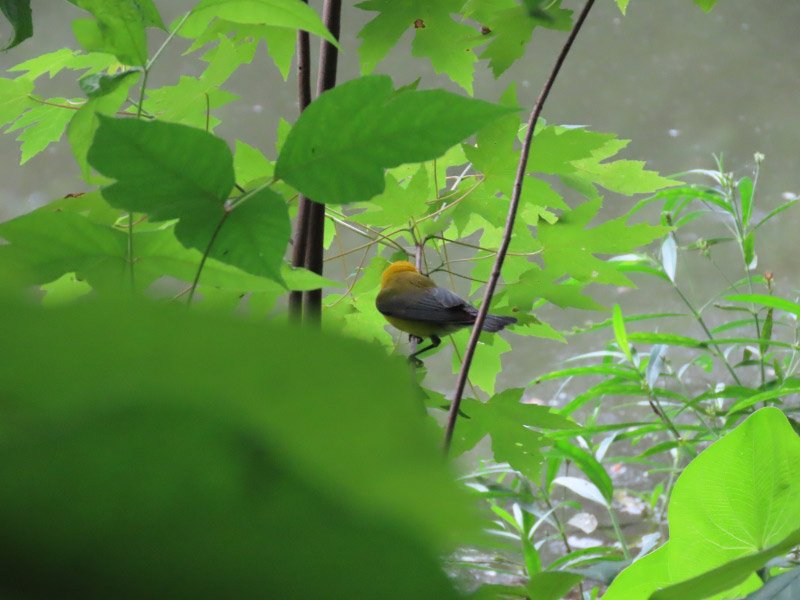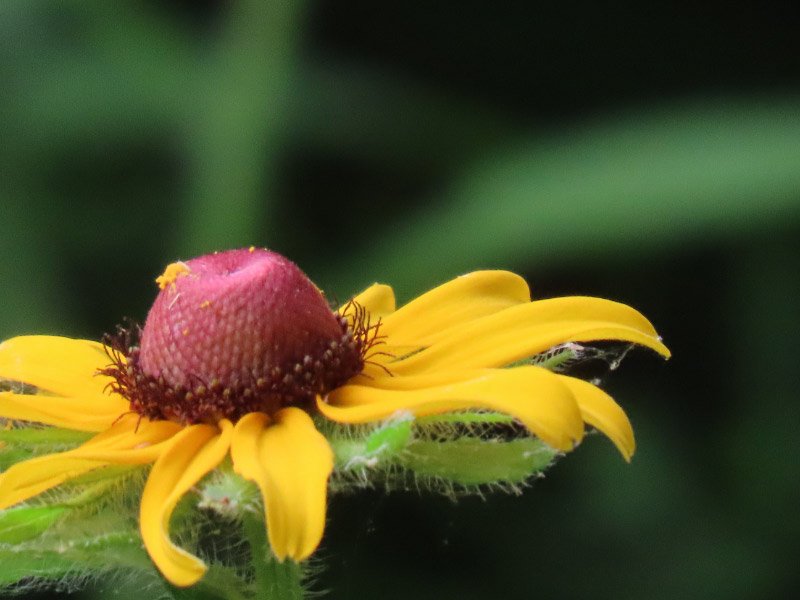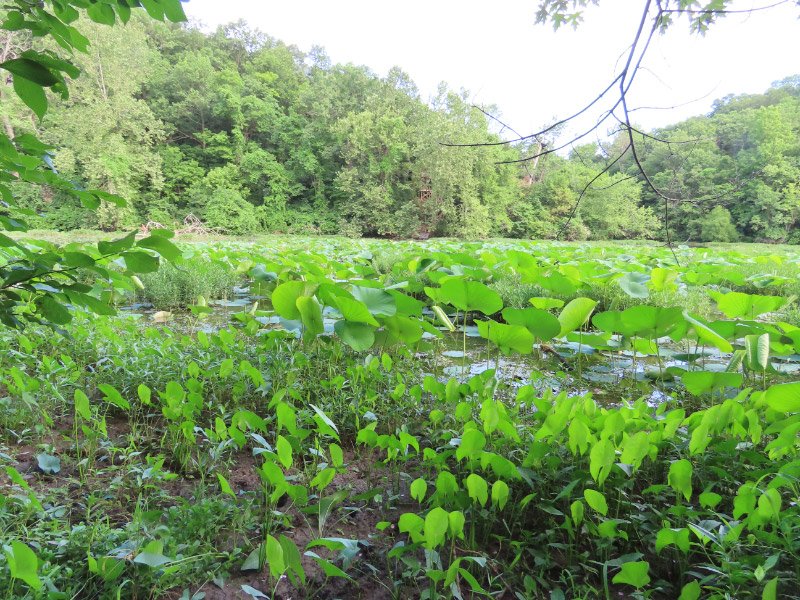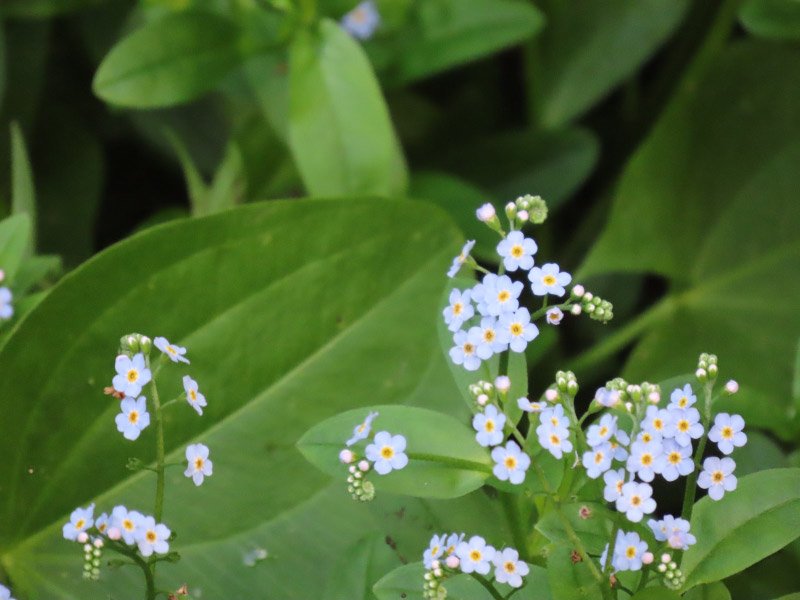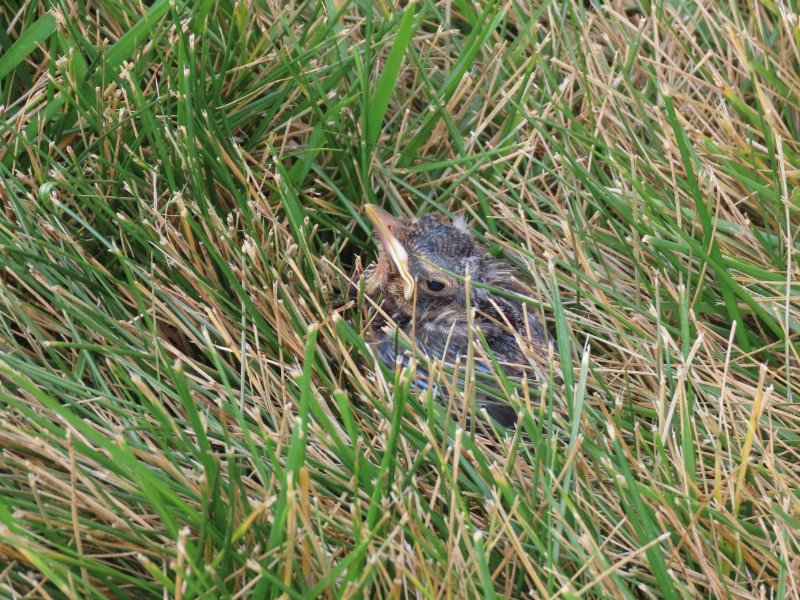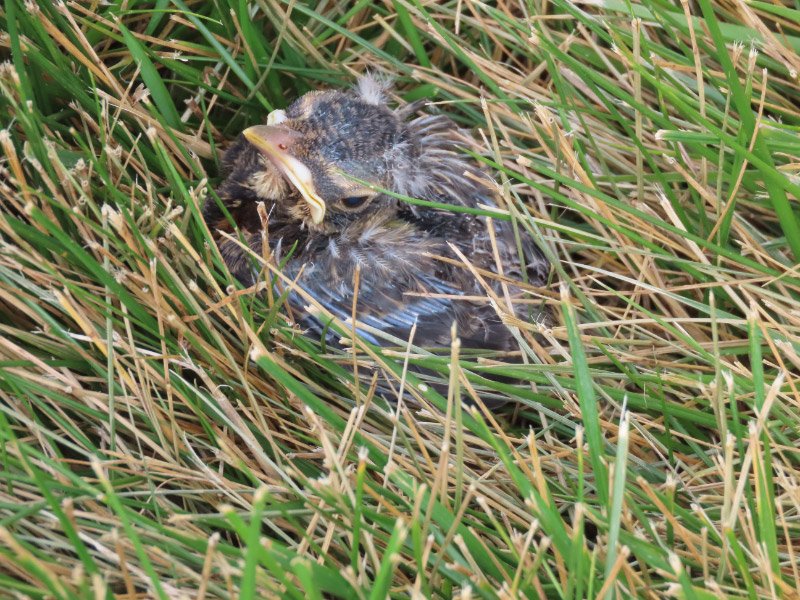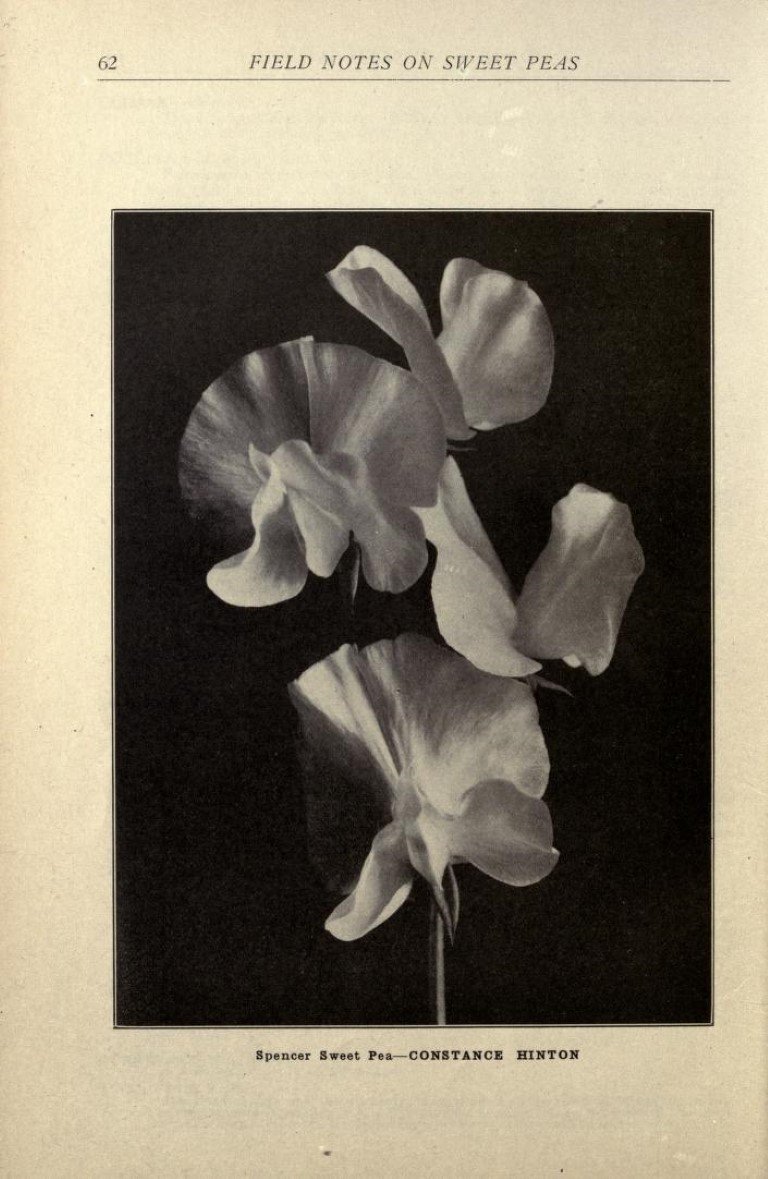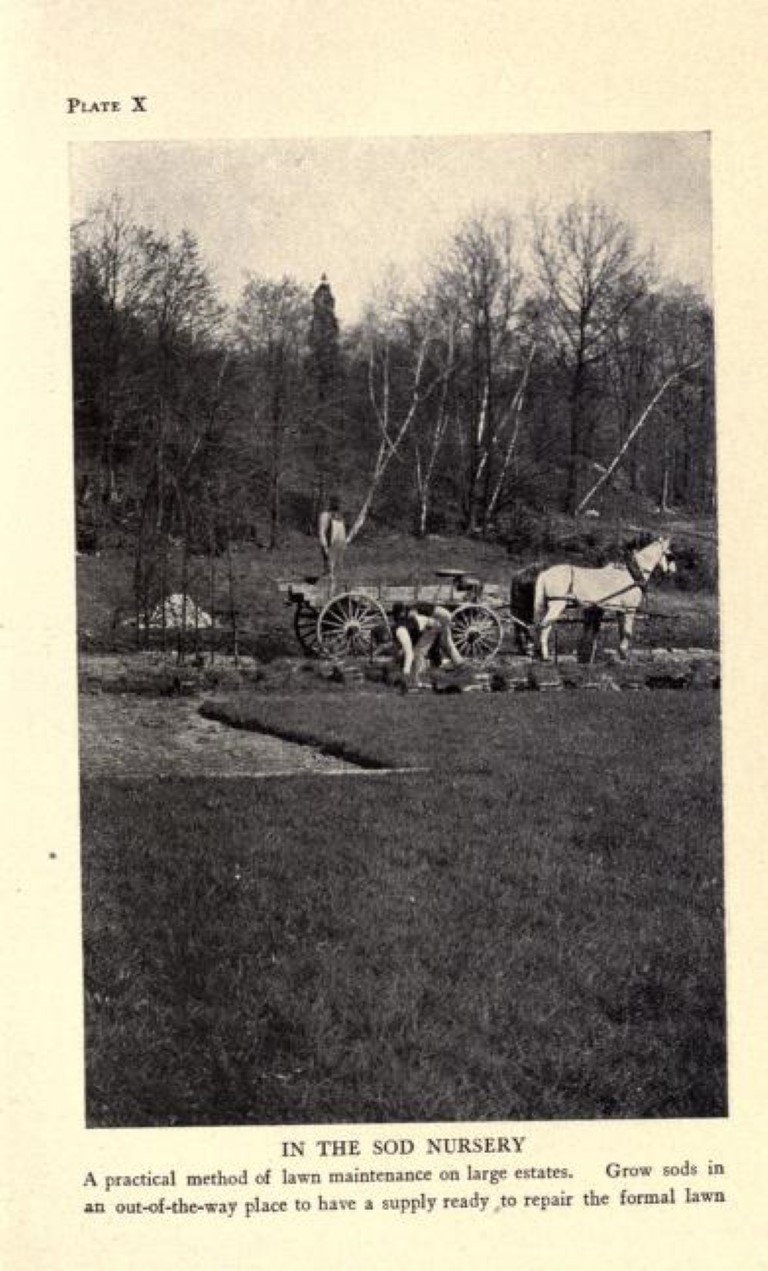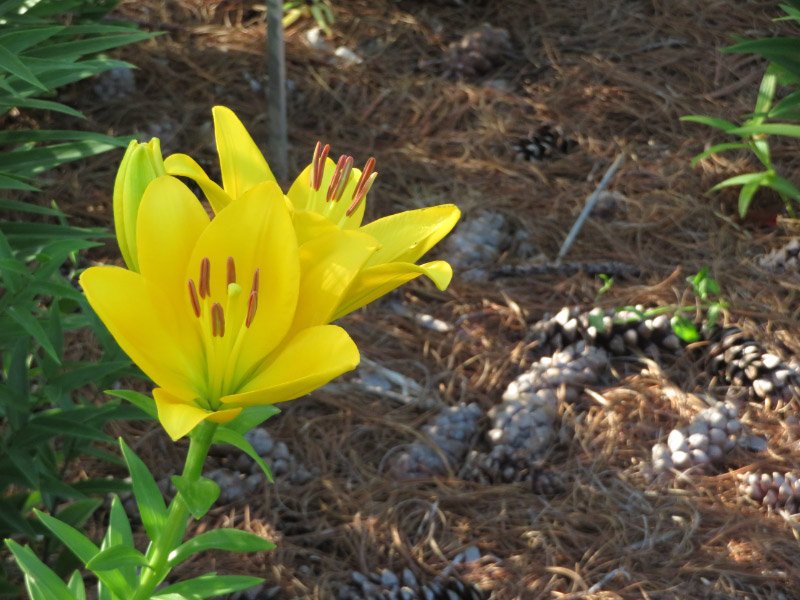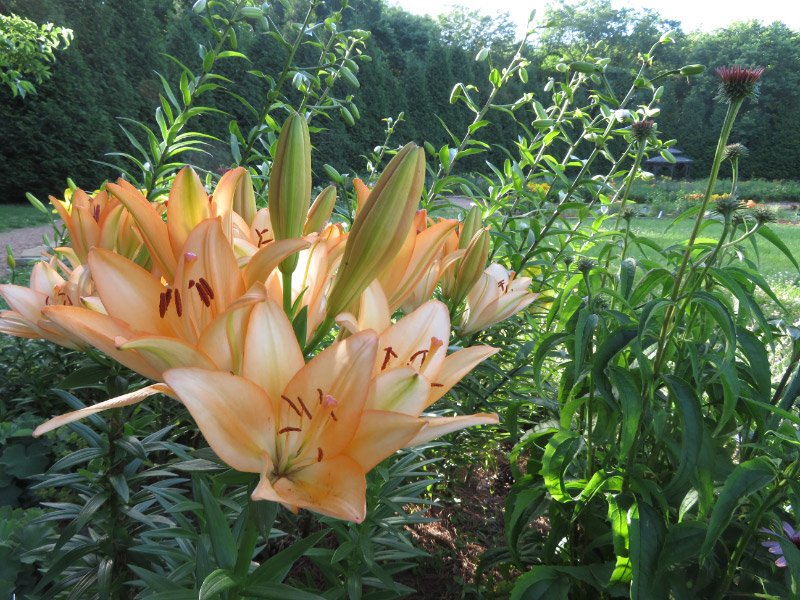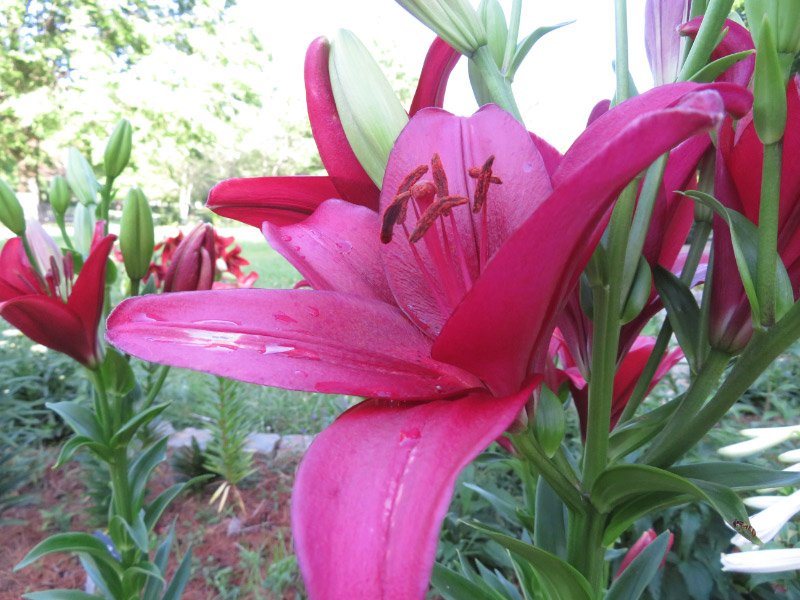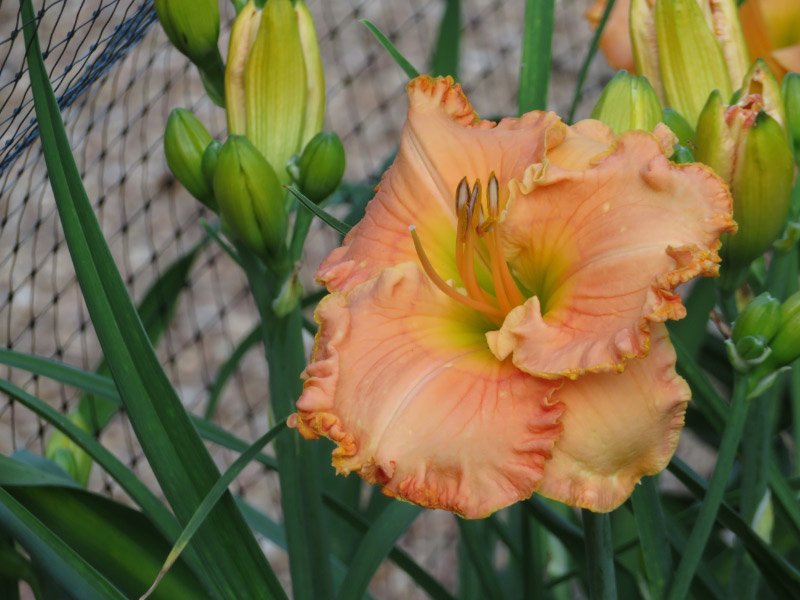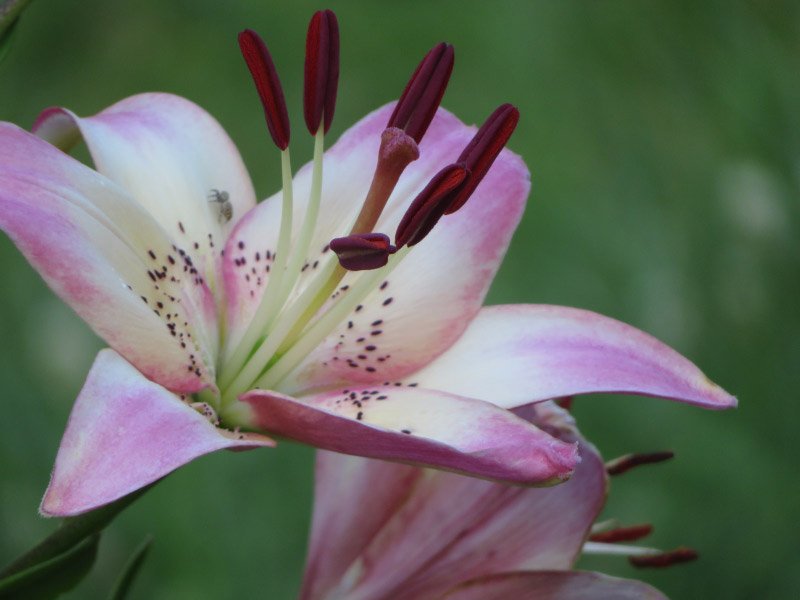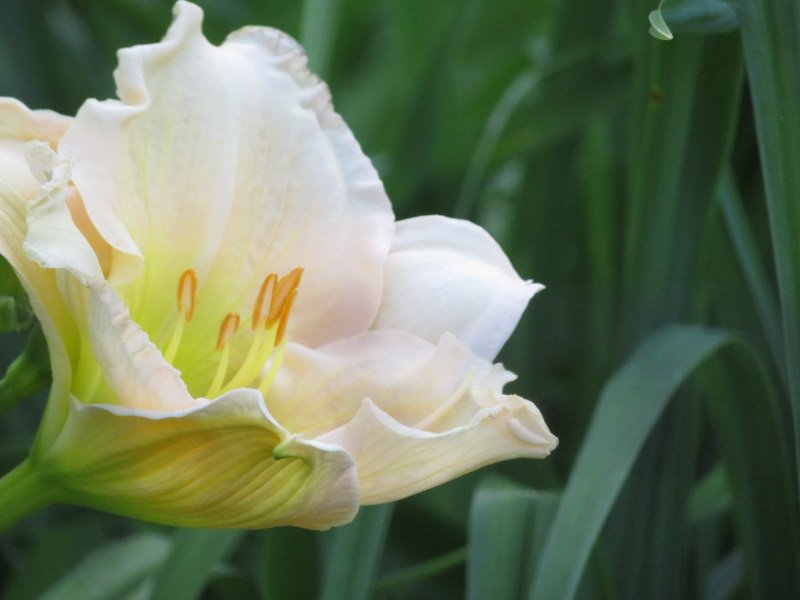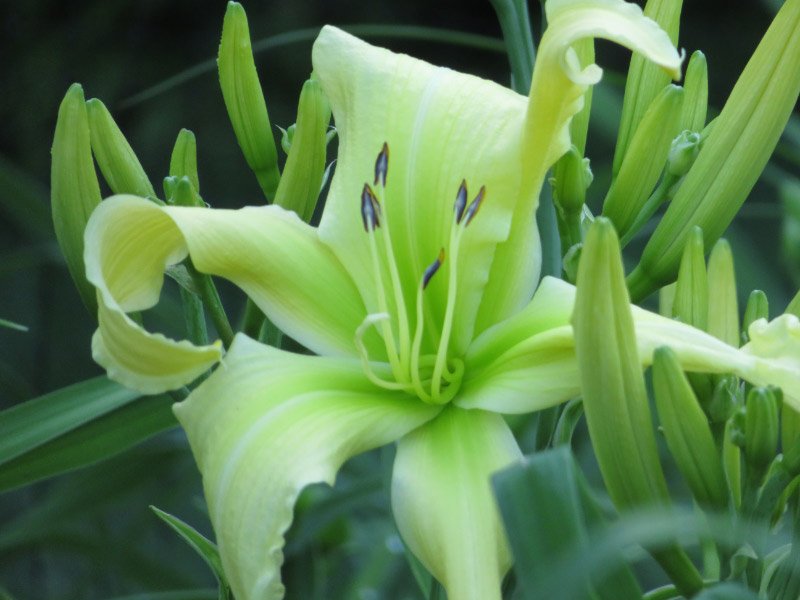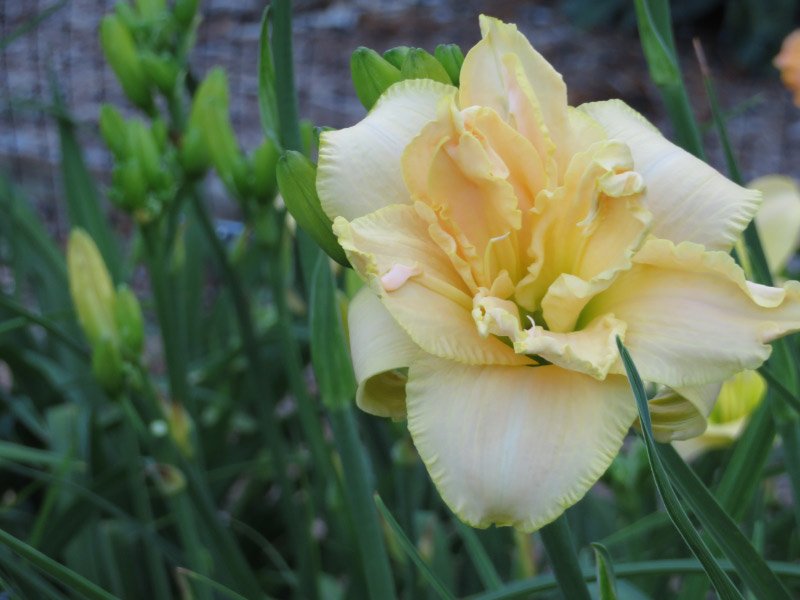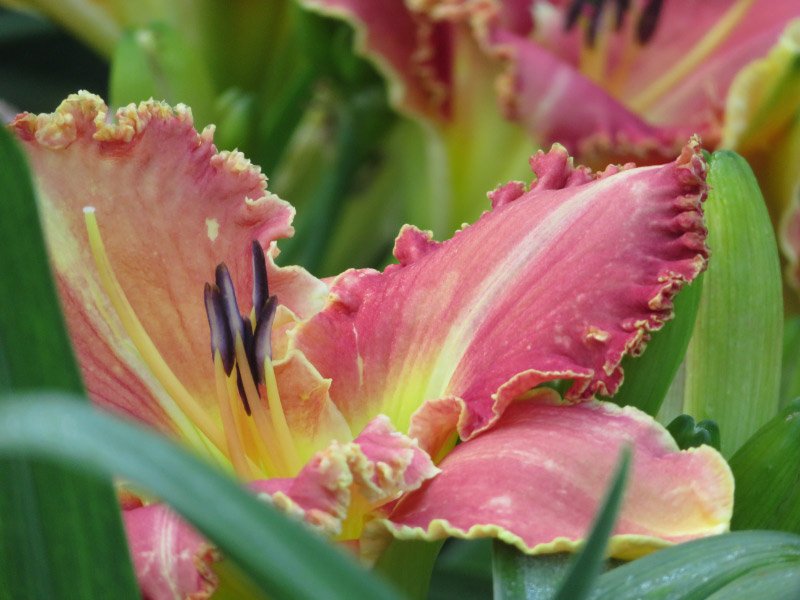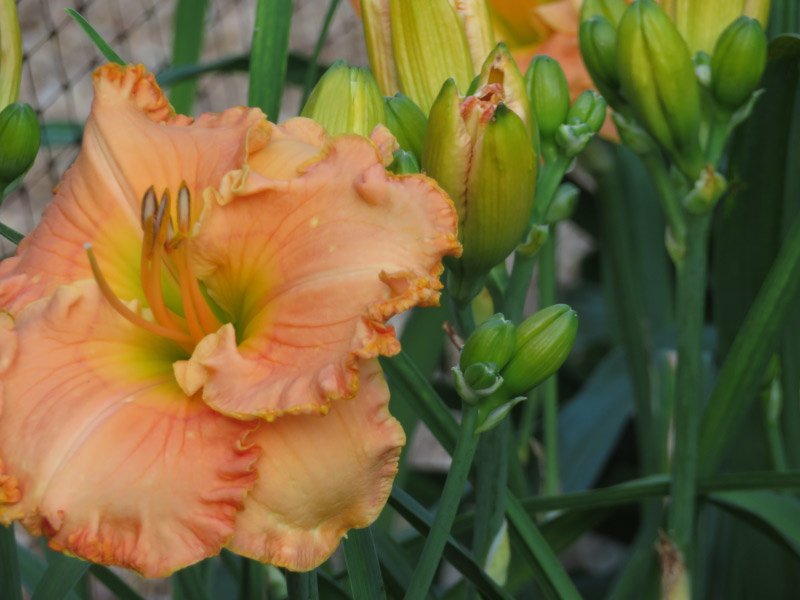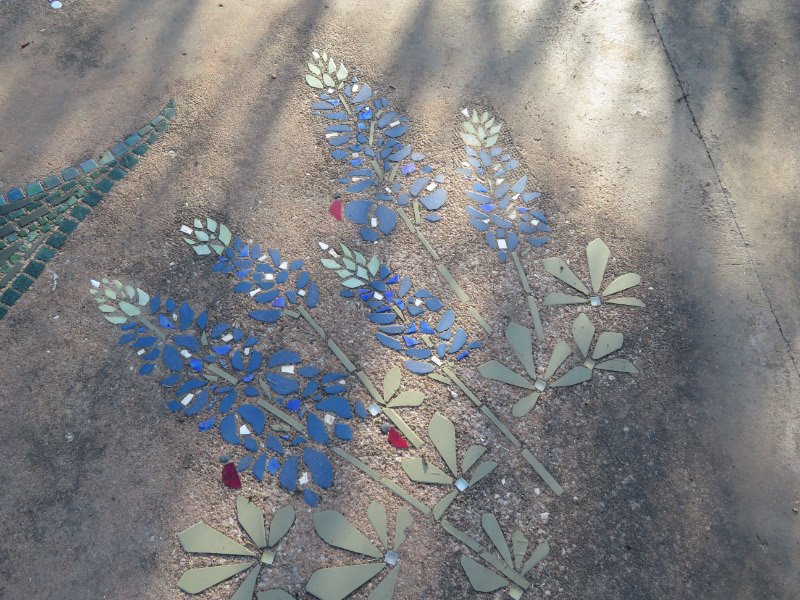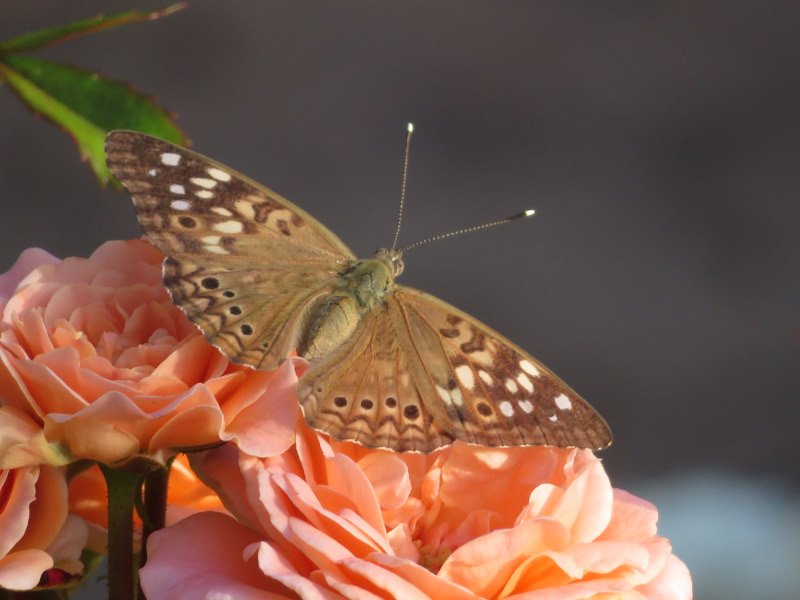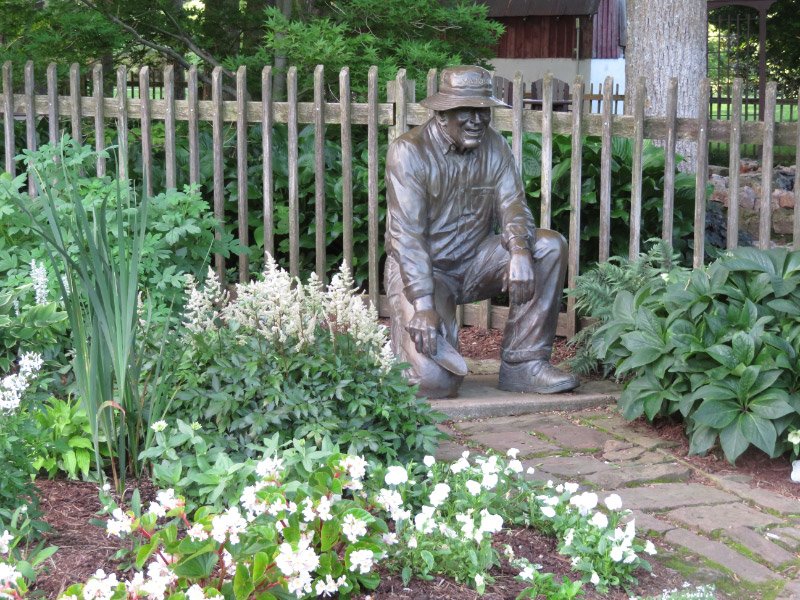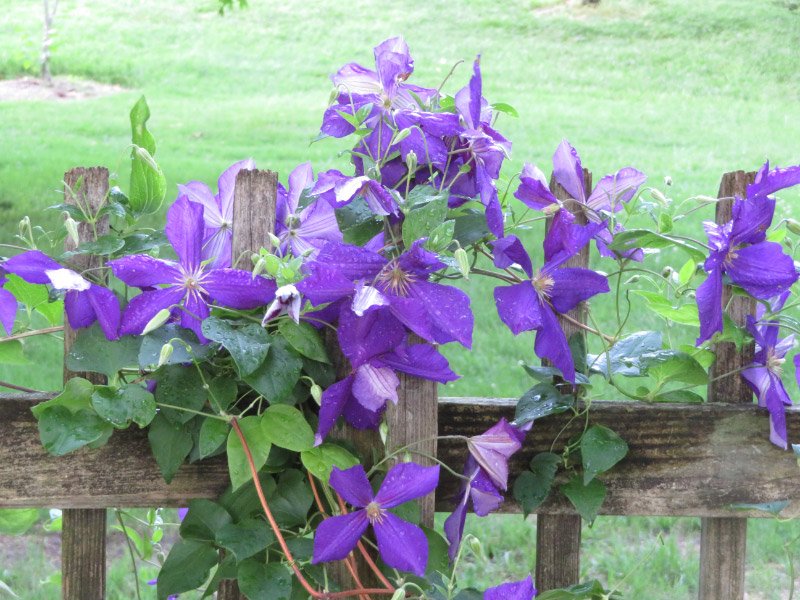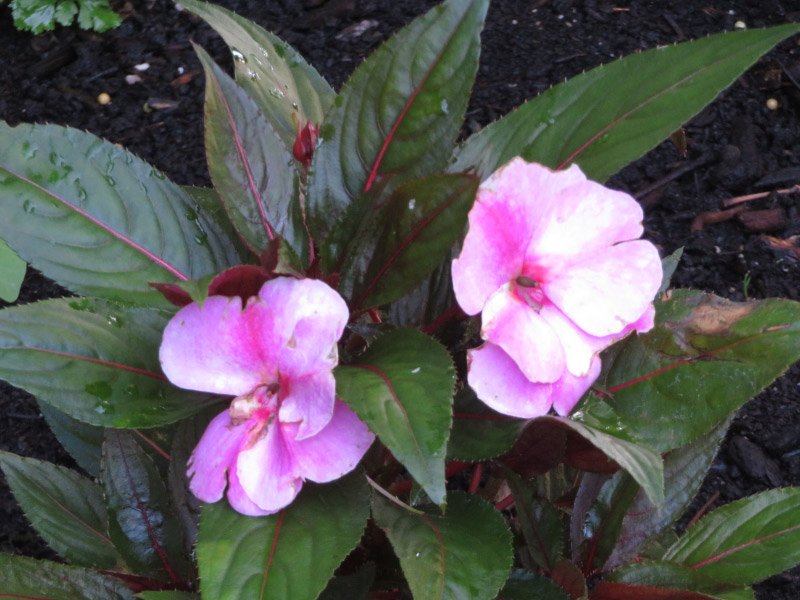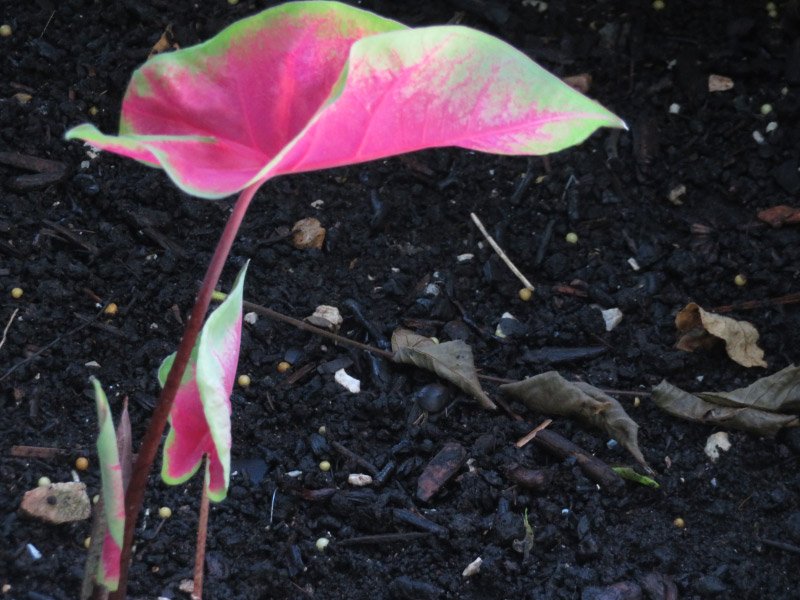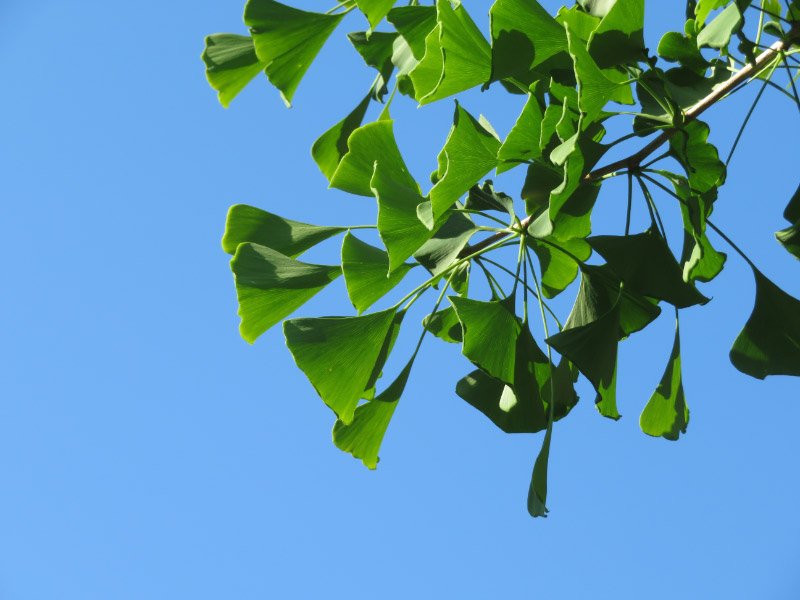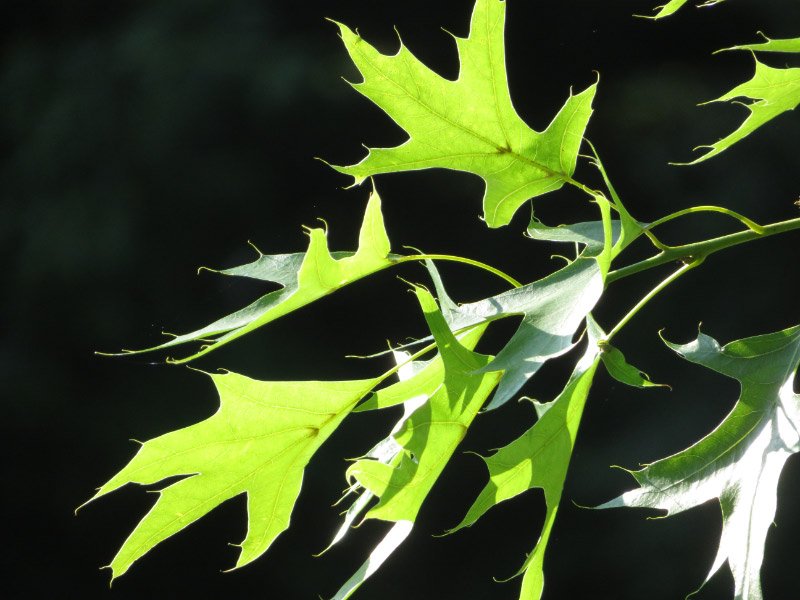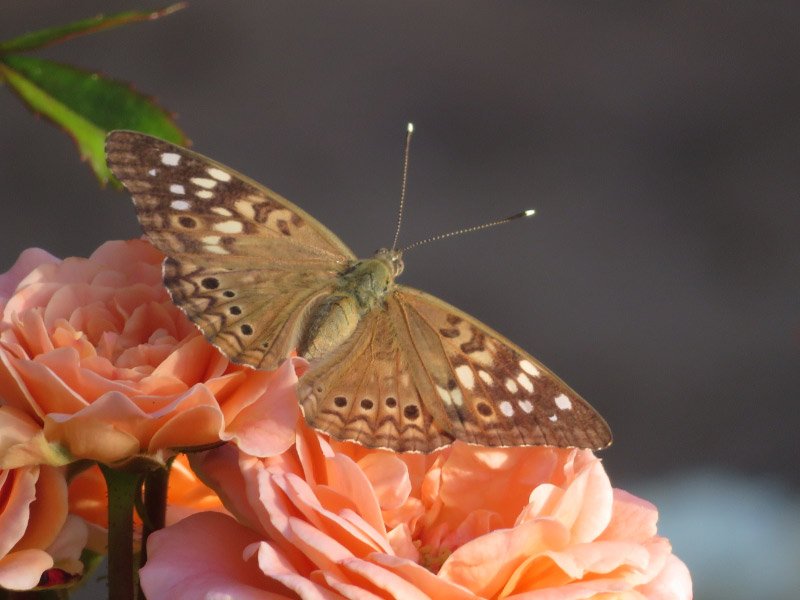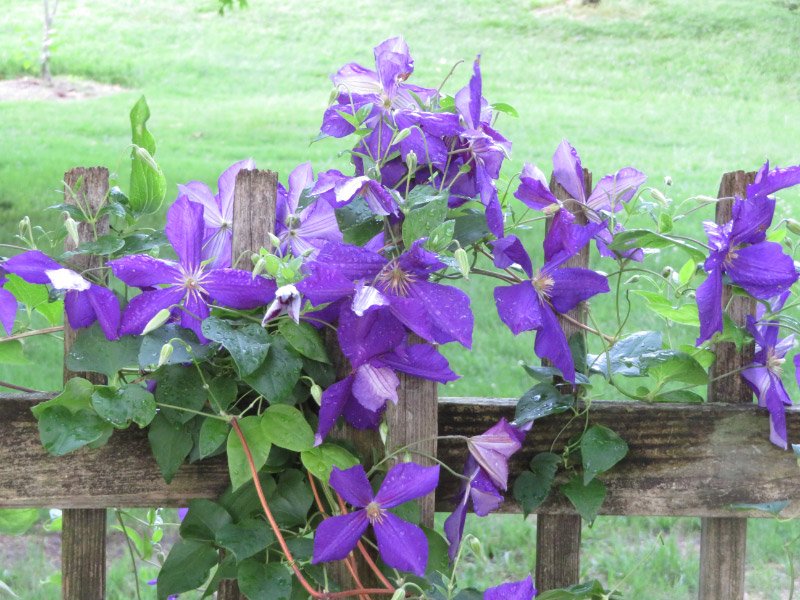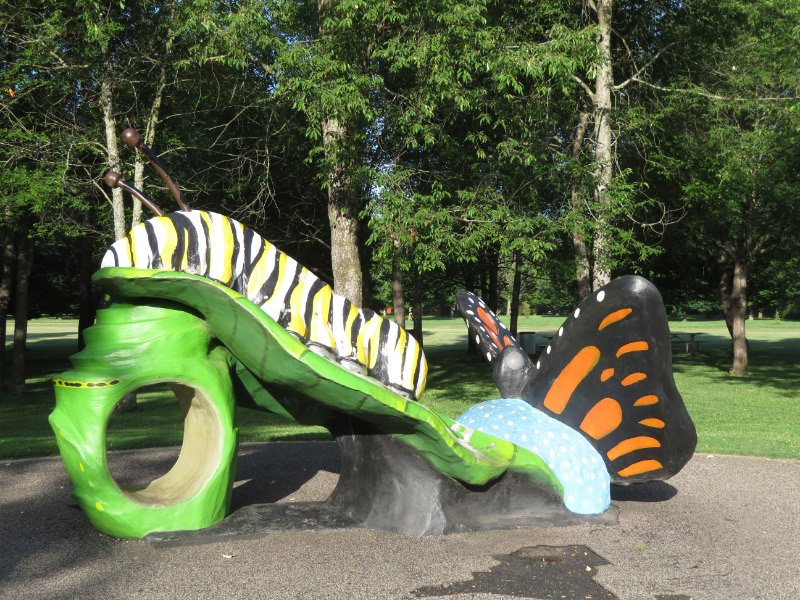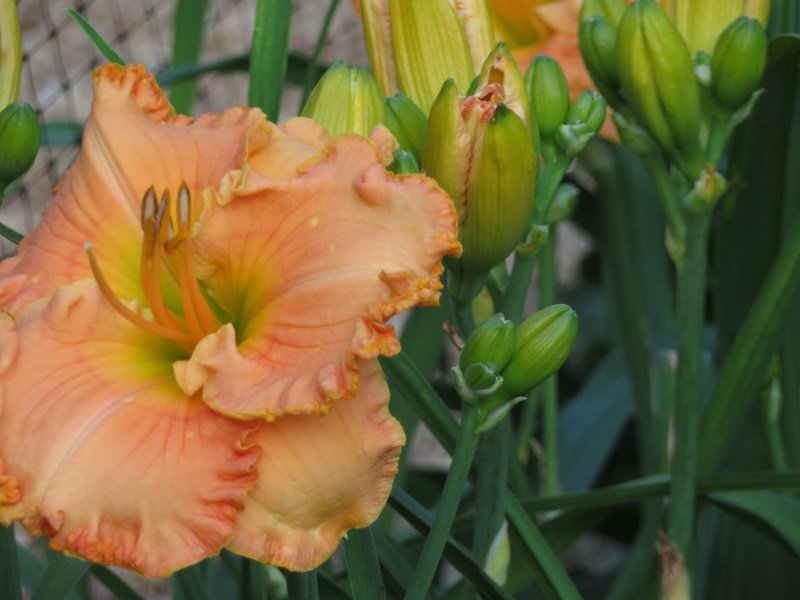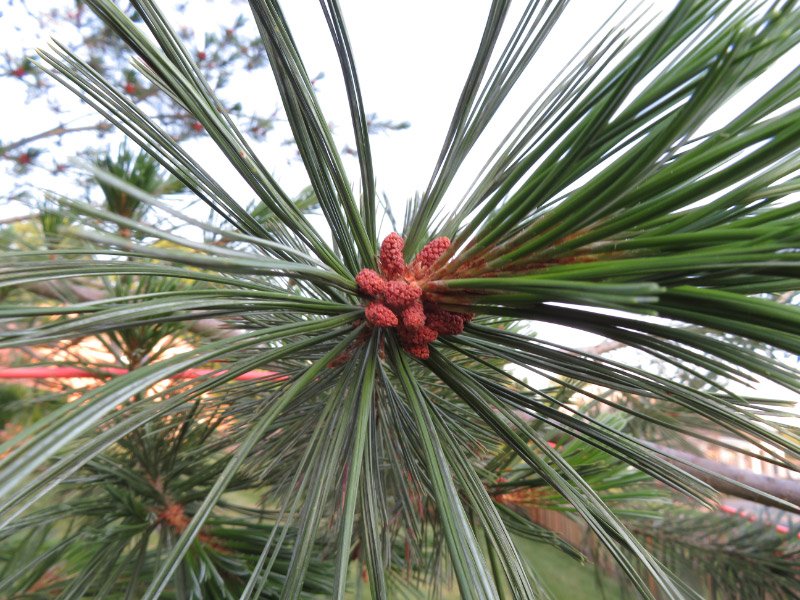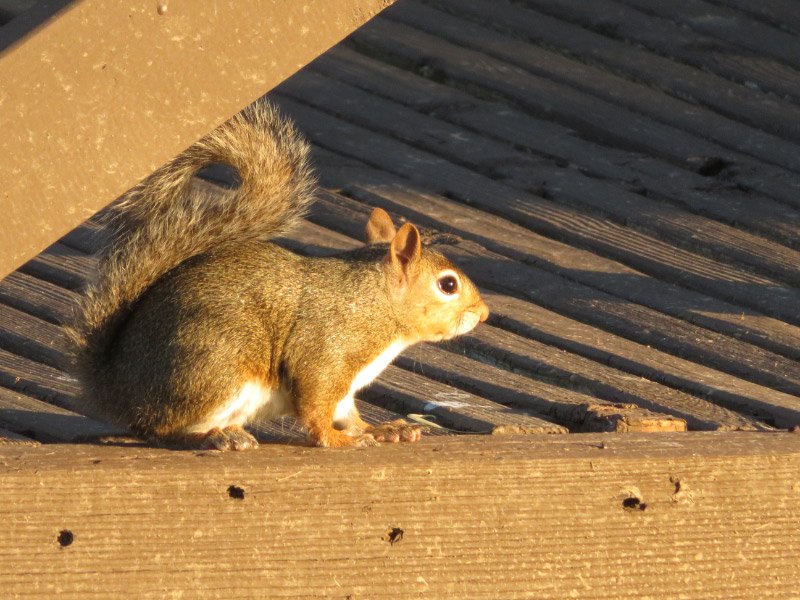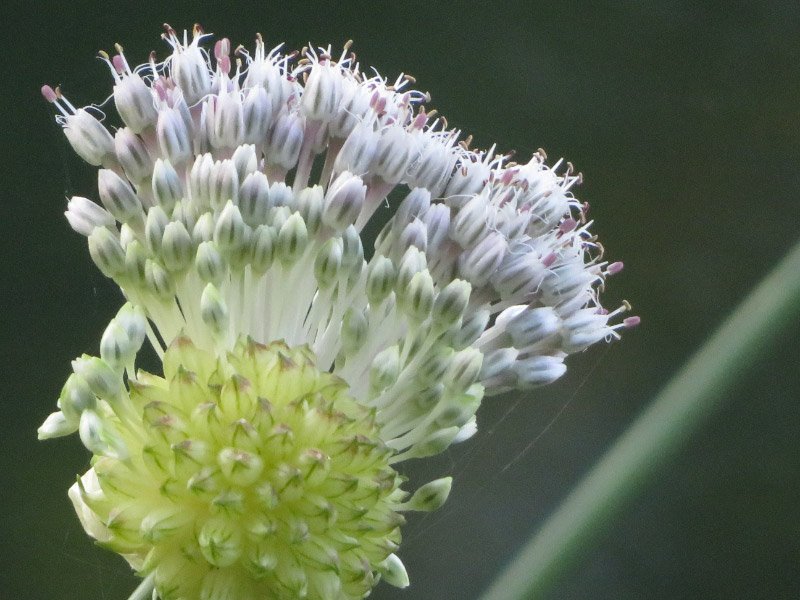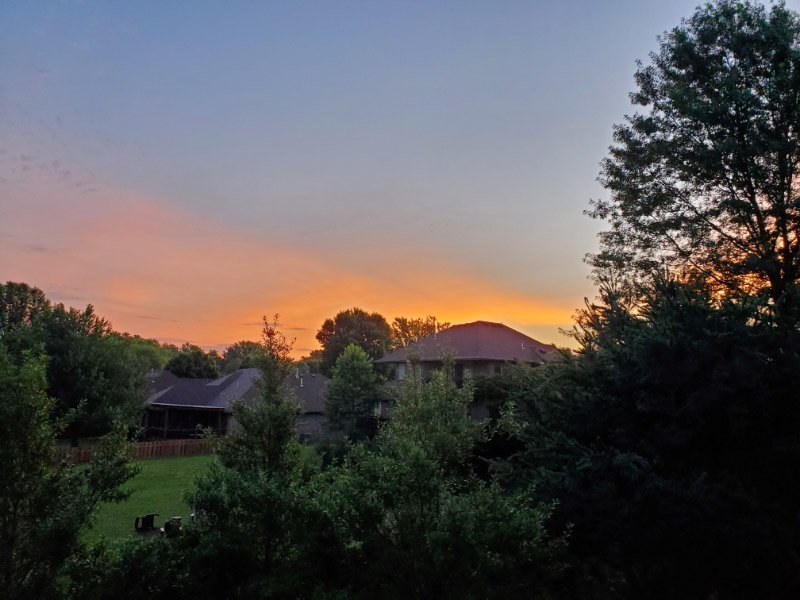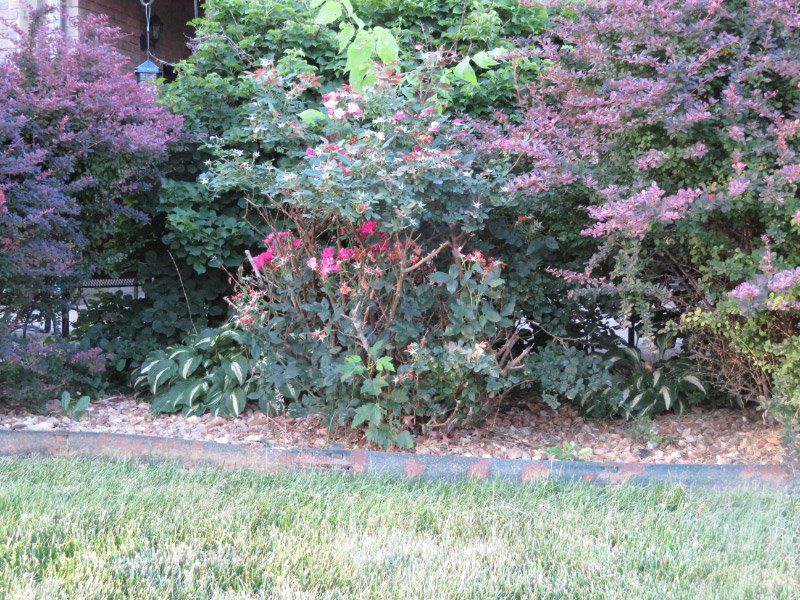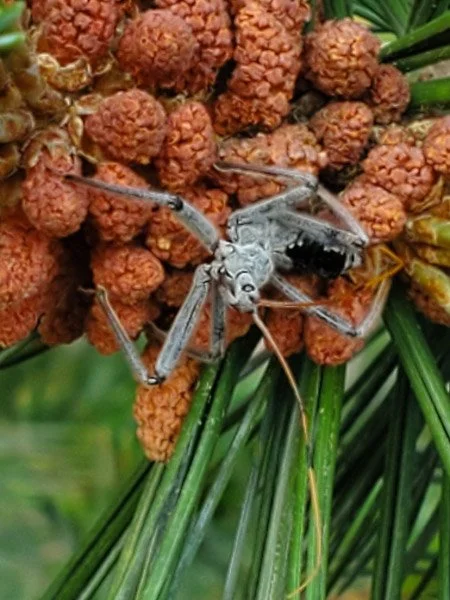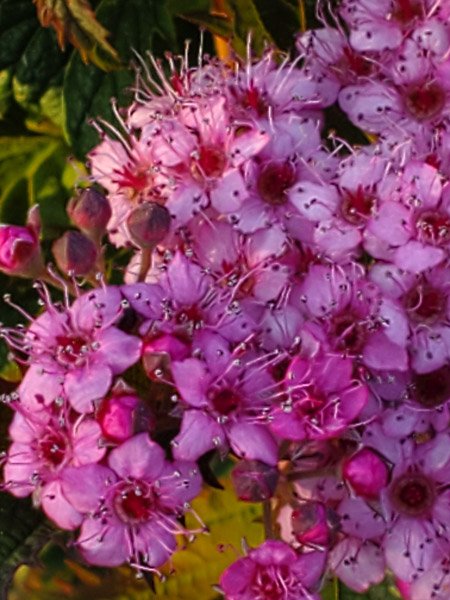The items below were ‘the cream’ of the articles and websites I found this past week. Click on the light green text to look at the article.
Under Water and Under Pressure – 100 national parks are coastal…and are already taking action to mitigate sea level rise.
Where do ‘Hawaiian box jellies’ come from? – Evidently the box jellies appear close to shore like clockwork 8-10 days after full moon. This research reveal that the jellies are spawning during that time…and where they are when they not close to shore. This is important for providing better information to ocean swimmers and beach goers…trying to avoid stings. Another benefit…learning to keep the food web balanced to control box jelly numbers in Hawaii and other tropical localities.
Stirring up a mid-Atlantic bloom – Lots of nutrients flowing into the water from the coastal watersheds during spring rainstorms.
Vancouver requires gas stations & parking lots without EV chargers to pay $10,000 per year – Interesting idea…hope it increases the number of chargers and the trend to EVs!
Photography In The National Parks: More Favorite Places For Photography - We’re not going to be traveling to any of the western parks near term….so I enjoyed them through these photographs: Crater Lake, Redwood, Yosemite, Great Basin, and Lewis and Clark (Washington state portion).
Maya tooth treatments may have prevented infection – In the Mayan world - holes were drilled to attach stones to teeth; an analysis of the sealant used for 8 teeth from across the Maya empire (AD 200-900) revealed that most sealants included ingredients from pine trees that have been shown to fight the bacteria that cause tooth decay.
Top 25 birds of the week: Forest Birds – I always like bird pictures….
Scientists recreate Cleopatra’s favorite perfume – Recreating Mendesian perfume…the result so far has been a strong, spicy, faintly musty scent that tended to linger longer than modern fragrances…with ingredients like desert date oil, myrrh, cinnamon, and pine resin.
Grand Canyon of Texas – I remember (tent) camping in Palo Duro Canyon in the 1970s on the way to Colorado…being very hot and worried that our tent was too close to a red ant bed! At the time, I didn’t realize that it is the second largest canyon in the US (behind Arizona’s Grand Canyon).
Why humans get less sleep than other primates – A different type of sleep research…teasing out the differences in sleep of humans and other primates….and between non-industrial human populations and industrial human populations. It turns out that in the human populations…the hours of sleep are about the same but the perception of getting enough sleep is higher in the non-industrial populations than the industrial ones!




